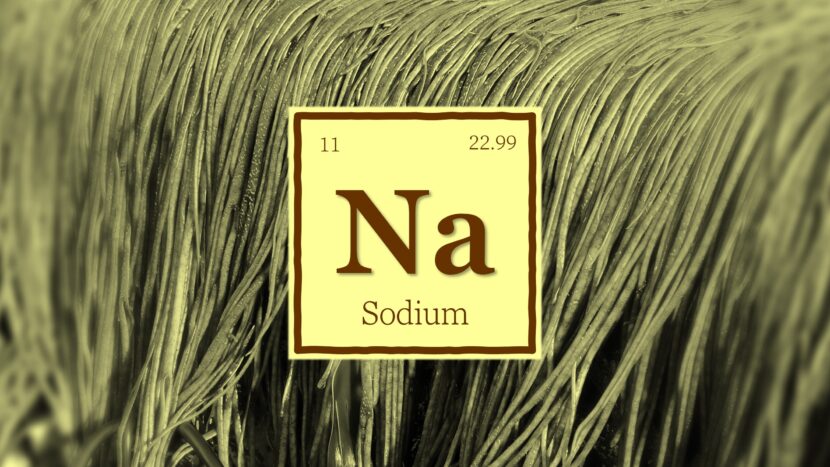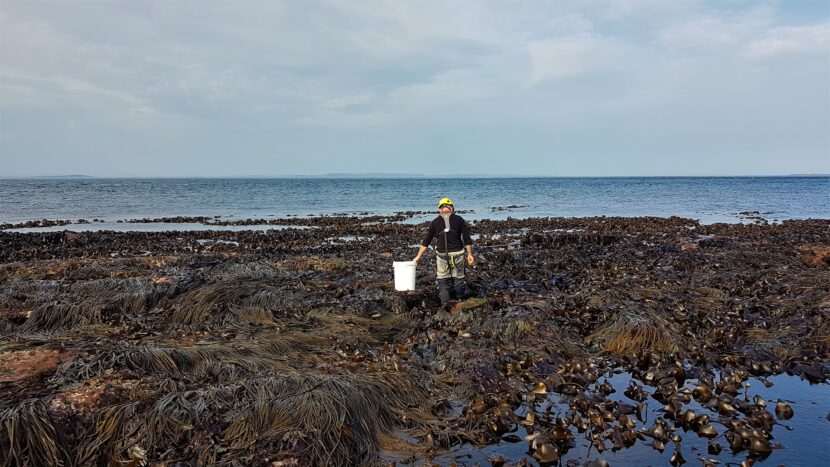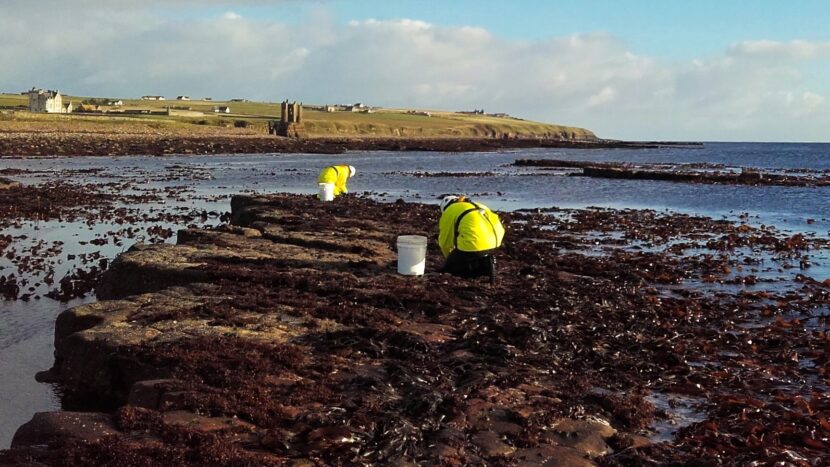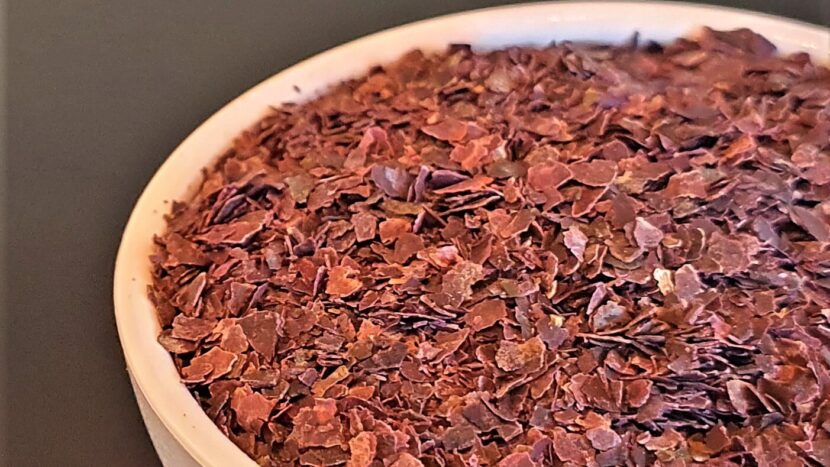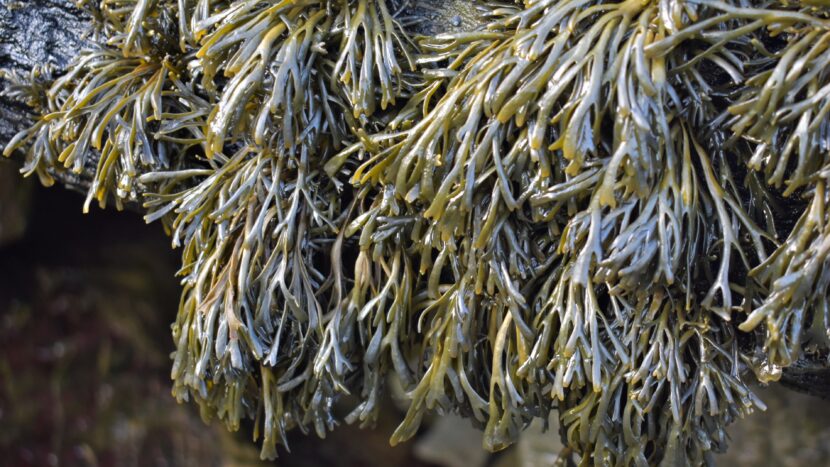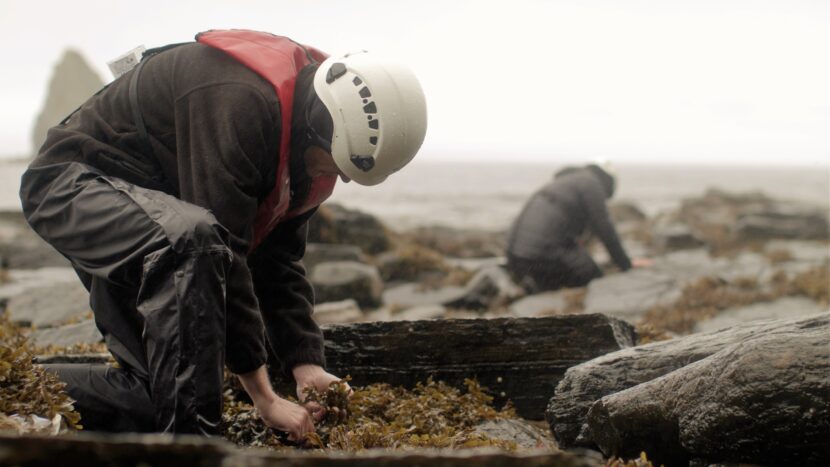Tides and seaweed harvesting
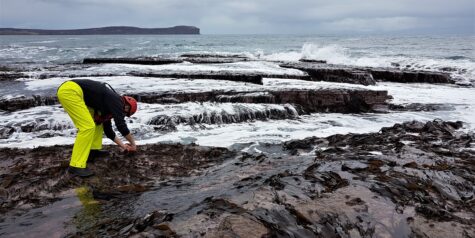
An understanding of tides is essential when harvesting seaweed: timing is critical to allow access to the variety of species abundant on the low shore. The Horizon Seaweed team pays close attention to the tidal cycle in order the schedule our harvest trips.
A brief background to tides
When we think of the sea, we immediately think of tides. While the connection of tide to the phases of the moon is easily observed, it is surprising to some that the sun also plays an important role. The gravitational pull of the sun and moon combine to cause bulges in the ocean levels as the Earth rotates. Interestingly, the effect of the moon is around twice that of the sun. We occasionally get a very strong spring tide, which will usually coincide with a supermoon. The term king tide is sometimes used for such events.
Alignment of the moon and the sun causes the strongest (spring) tides, which peak just after full moons and new moons. Weaker (neap) tides follow around a week later, soon after a half moon. The origin of the names is unclear, but it is likely spring comes from an old word meaning leap or rise: spring tides are definitely not just March to May!
The value of tide tables
Tide heights can be calculated accurately far in advance. This allows predictions of future tides in tidal charts and tide tables, that the Horizon Seaweed team can use to schedule harvests. We used to buy tide books each December for the following year, almost like a Christmas present for seaweed obsessives! However, we went digital a couple of years ago so we have the tide data in our calendars.
We get two low waters a day in northern Scotland, but we only usually harvest on one of those because they are over 12 hours apart. Some parts of the world have just one tidal cycle every day.
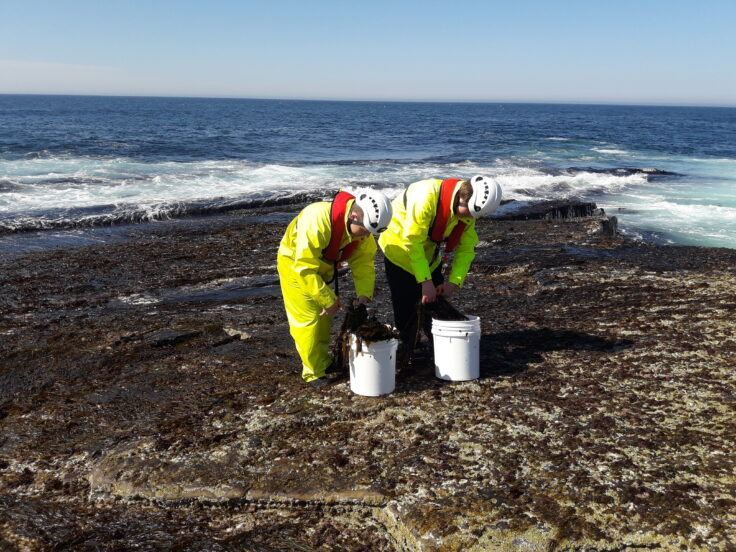
Harvesting Atlantic wakame by hand from the low shore
Range of tide heights
The tidal range is the difference in height between the lowest and highest water levels. It is around 4 metres in Caithness, which is about the average for the UK. Tide heights are given against chart datum – the lowest possible level for that part of the coast. A tide strong enough to get close to chart datum is great news for a seaweed harvester because it exposes the lowest part of the foreshore for the longest period of time.
Even the shape of the ocean floor and the coastline also affects tides, with enclosed bays amplifying tidal ranges. The Bay of Fundy in Nova Scotia is the ultimate example and has the world record tides at over 15 metres. There are some places with barely any tidal range, including the Baltic Sea and the Mediterranean.
If this post has you intrigued on all things tidal, I recommend looking at the website of National Oceanography Centre in Liverpool. Want to take it up a notch? There is a good technical explanation of spring and neap tides on the NOAA website.
How Horizon Seaweed works with the tides
Tide has the biggest impact on our harvesting. We walk down to rocky beaches from land, so we need the tide to be out for us to harvest. For seaweeds that live right in the middle of the tidal range – such as bladder wrack – they will spend half of their life under water and half of their life out of water.
Species at the top of the shore, such as channelled wrack, are gritty survivors that are on dry rock most of the time. Indeed, on some neap tides they have days where the sea doesn’t cover them at all. This means they must cope with a wide range of temperatures and the risk of drying out on warm breezy days.
The low shore is a very different environment: a diverse community where abundant seaweed competes for space, light and nutrients. The species living at the very bottom only have to survive being out of the water for a short period. For example, kelp is only exposed on spring tides so it spends almost all of its life under the sea. There are some species that are accessible from land for only a few days a year. Rockpools trap water higher on the shore, which allows seaweeds to extend their range. This is very helpful when harvesting.
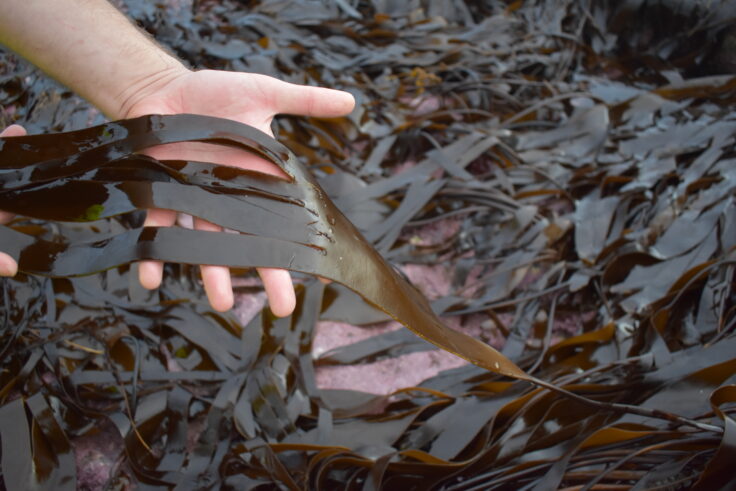
Kelp is harvested on strong spring tides
Prioritising spring tides
We target the strongest spring tides for our harvesting. Not only does the water level drop to give us access to more seaweed, but we’ll get an extra day or two over the week and an extra hour or two every tide. We also pick species in the middle of the shore, allowing us to harvest all through a month. We aim to be on the shore right on low tide because this is the point of slack water. This links back to the 'Rule of Twelfths': sea level will rise by one-twelfth of the tidal range in the first hour after low water.
But we need to be careful when planning our harvests. Onshore breezes, ocean swells and low pressure all raise tide heights. Unfortunately, these conditions are pretty typical for northern Scotland. This keeps us on our toes, but is all part of the knowledge the Horizon Seaweed team has accumulated over many years of harvesting.
